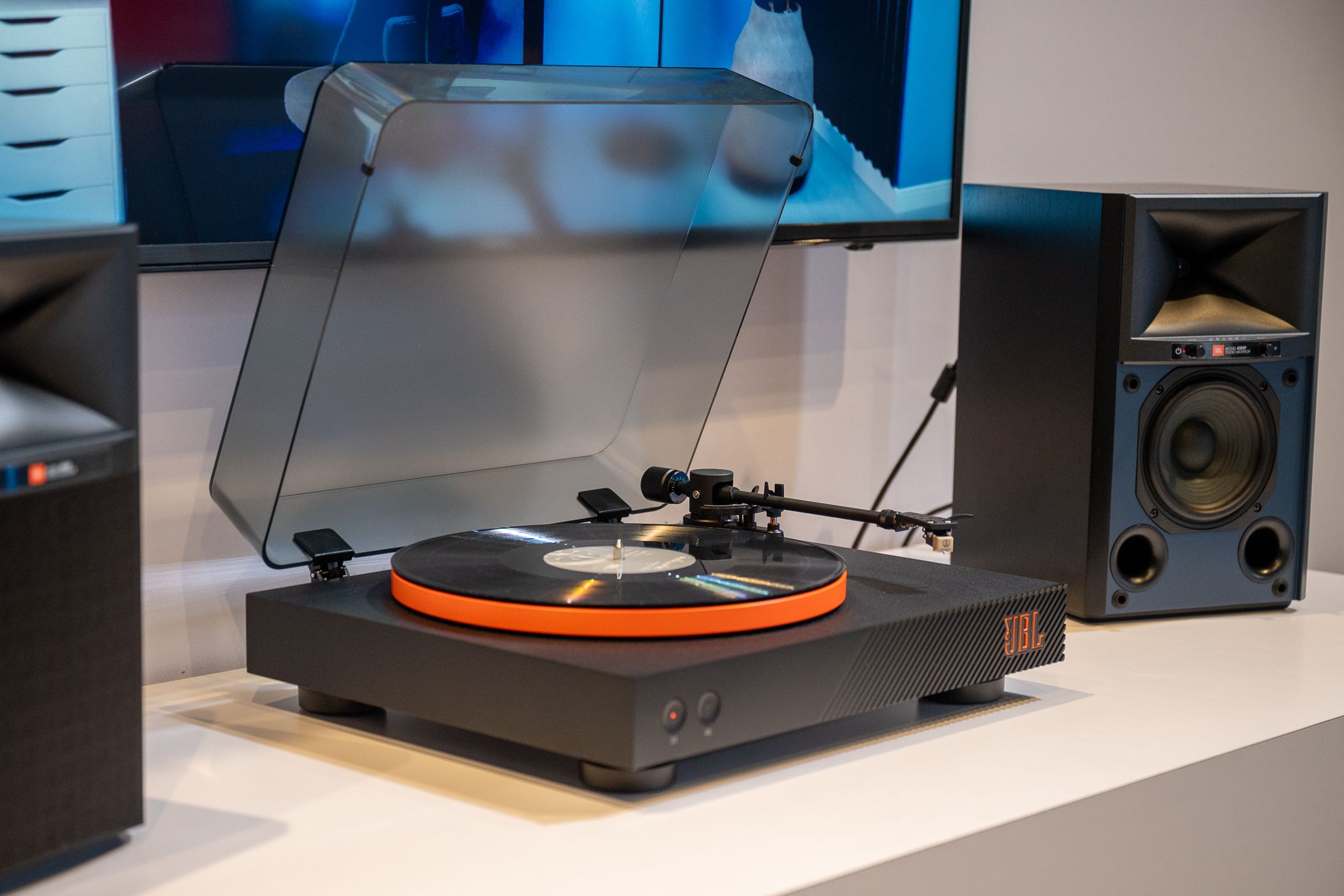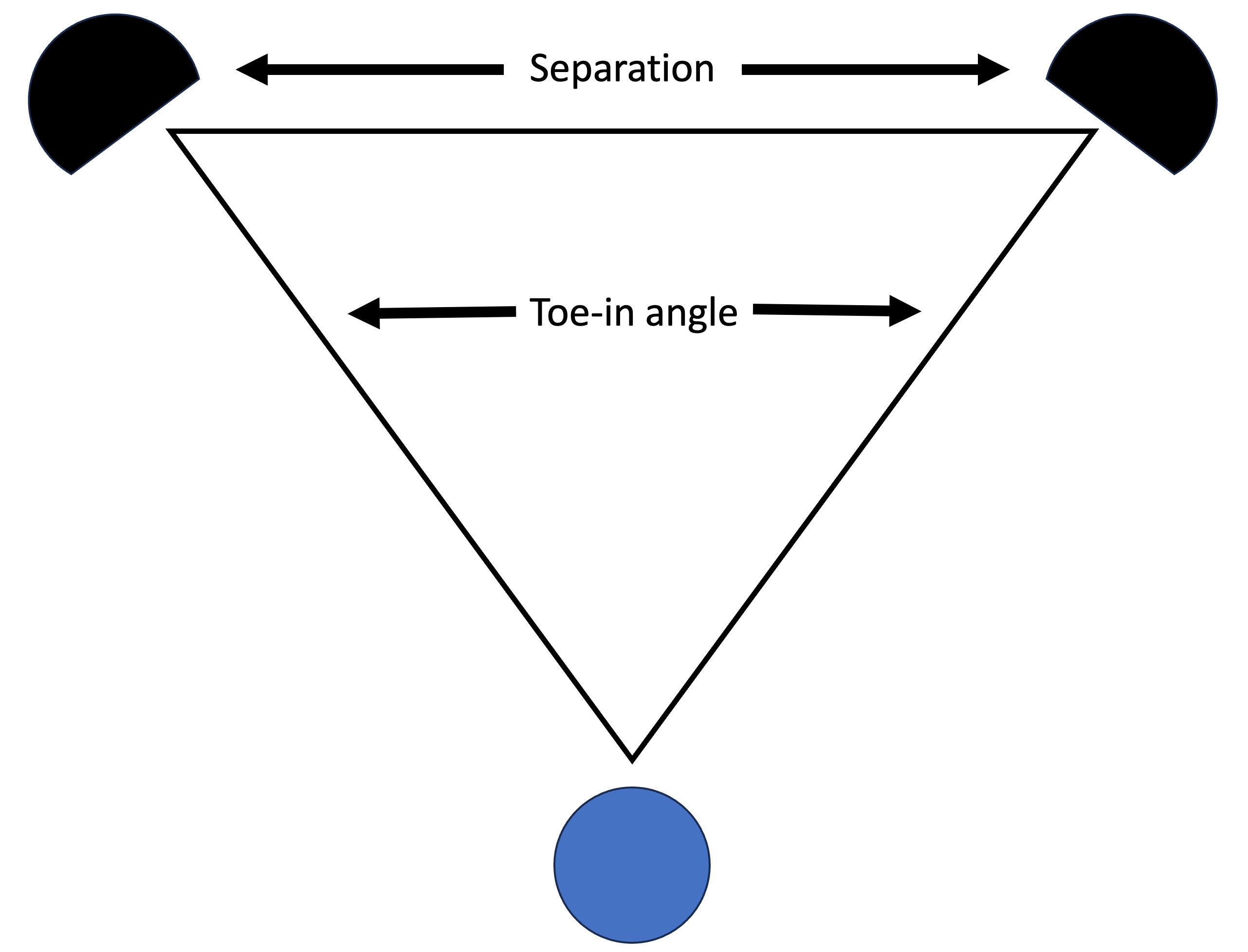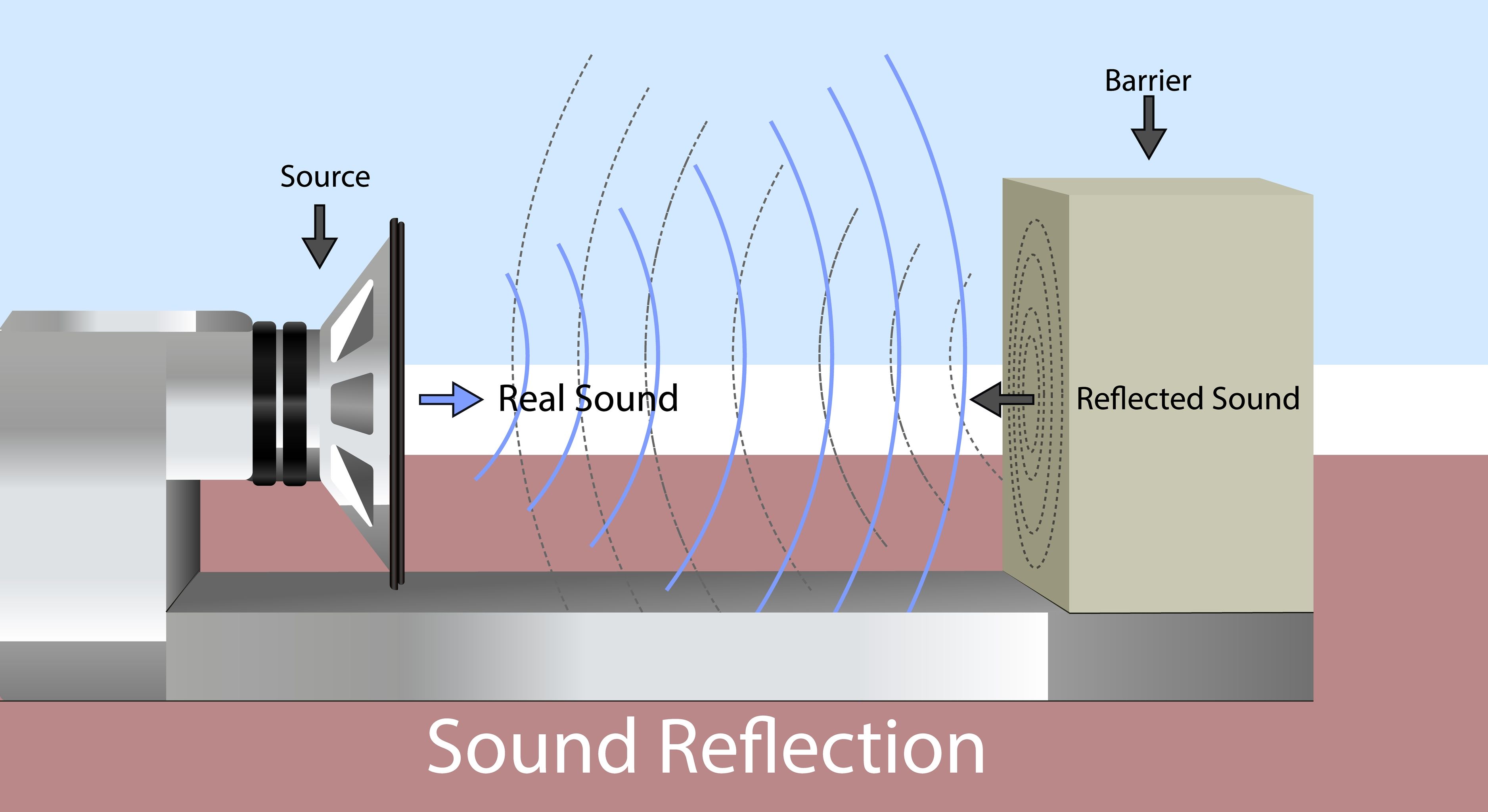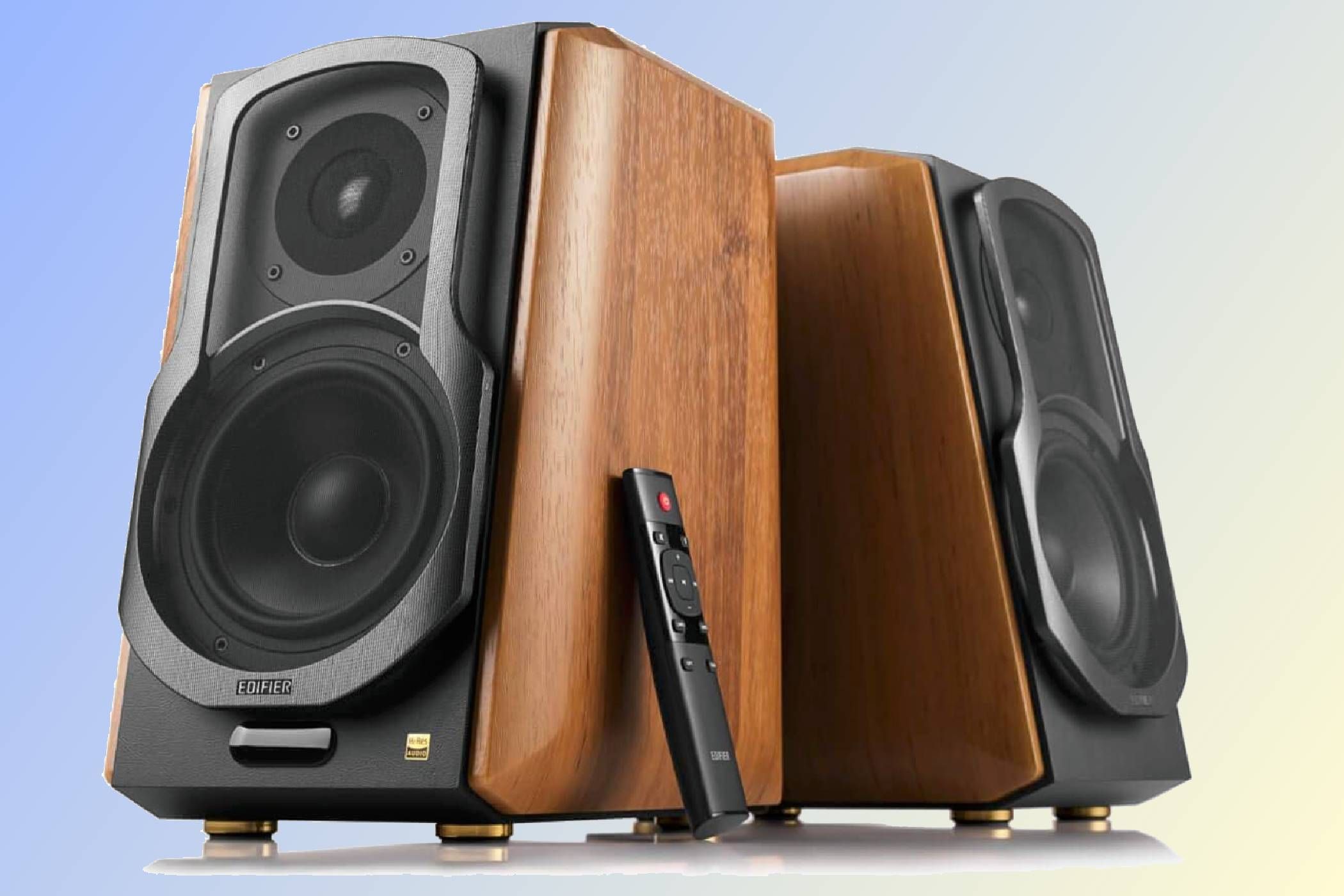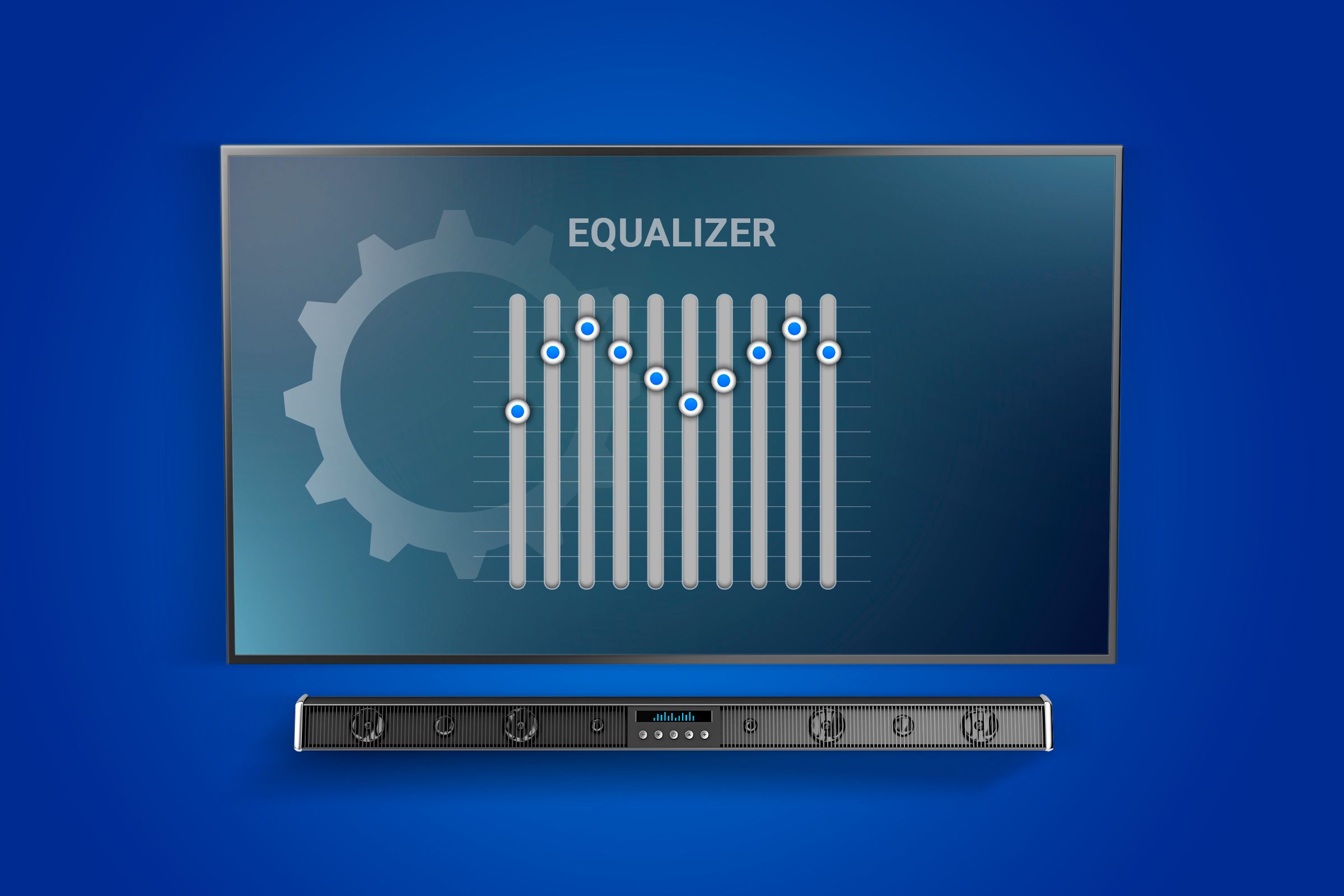Setting up your speakers requires more than simply plugging them in. Improper positioning can undermine the performance of even the finest audio systems. Here are some common speaker placement mistakes you must avoid for clear, balanced sound and to get the most out of your audio system.
1 Positioning Speakers Too Close to the Wall
Placing speakers too close to the wall can cause many audio problems. Sound waves reflecting off the wall can distort the audio, making it unclear. This can boost bass frequencies, causing a boomy or muddy sound that overpowers other tones. Also, phase cancelation can weaken certain frequencies that affect the overall sound balance.
To avoid these issues, position your speakers as far from the wall as possible. Make sure there’s at least 6-12 inches of space between the speakers and the wall. If that’s not possible, you might want to use bass traps to absorb low frequencies, minimize reflections, and control any excessive boom or muddiness.
2 Setting Speakers at the Wrong Height
One of the most common mistakes people make is not positioning their speakers at the correct height. If you primarily listen to music while seated, the tweeters should be at ear level. If you place speakers too high or too low, the sound may be directed above ear level or towards the floor, reducing the clarity and causing the sound to feel disconnected.
I’ve personally observed that adjusting the height of your speakers can significantly improve the accuracy and quality of your sound. It’s definitely worth the effort to achieve a clear, balanced sound. If your desktop setup doesn’t allow for speaker placement at ear level, you can use a stack of books or another support to make the necessary adjustments.
3 Skipping Proper Speaker Angling
If your speakers are not angled toward your listening position, certain frequencies may sound louder or softer, as the sound won’t diffuse evenly. This can cause one channel to be more prominent and affect the clarity and separation of instruments or voices. Also, you may lose the sense of directionality in the sound, which diminishes the overall balance.
To prevent this, ensure your speakers are angled toward your listening position at approximately a 30-degree angle. For dual speakers, set up a triangle where your position is at the apex, and the left and right speakers are directed at you. If your speakers are above or below ear level, adjust their angle to face you directly.
4 Disregarding the Ideal Listening Spot
When you adjust the height and angle of your speakers, the sound converges perfectly to a specific spot. If you sit outside this “sweet spot,” certain frequencies (especially bass) may become too overpowering or faint, or one or more channels might feel disconnected, which can make the sound feel unnatural and inconsistent.
If you’ve already found the perfect spot where the sound is clear and balanced, that’s great. If not, experiment with your seating position to find the location that offers the best sound quality. Don’t hesitate to move your furniture if necessary. Once you’ve found the optimal spot, always use the same seating position for a crisp, balanced, and immersive audio experience.
5 Obstructing Sound With Furniture
If there is furniture or objects between your speakers and your ears, they can block the direct sound path, reducing clarity and volume. This also makes the audio feel less immersive or natural. Reflections from hard surfaces like tables or glass shelves can create unwanted echoes and distortion and lead to weak or uneven bass.
To prevent these issues, you should remove any obstructions between your speakers and the listening area. Arrange your furniture, so the speakers aren’t blocked and can project sound naturally. If you have hard furniture, consider replacing it with softer materials that absorb reflections and reduce distortion.
6 Overlooking Room Reflections
Like hard furniture, room surfaces such as walls, floors, and ceilings also reflect sound waves, which can cause echoes and uneven frequencies. The bass may amplify or cancel out in certain areas of the room, affecting the immersive sound experience. These reflections also blur directional cues, which compromise the clarity of the audio.
To address these issues, place rugs, curtains, or acoustic panels on reflective surfaces to minimize reflections. Avoid placing speakers in corners, and angle them towards your listening position to reduce directional reflections. Once you tackle room reflections, you’ll notice a significant improvement in your audio quality.
7 Clustering Speakers Together
The goal of having multiple speakers is to create a soundstage where distinct sounds originate from specific directions. Placing them too close can cause the channels to blend, which leads to muddled audio, phase issues, uneven sound, or distorted bass. This can make it difficult to pinpoint the source of sounds, like footsteps or voices, during gaming.
To prevent this, avoid positioning speakers too close to each other. Arrange stereo speakers in an equilateral triangle with your listening position. Surround speakers should be placed beside or behind the listener at ear level. You can experiment with speaker placement to help achieve even sound coverage and enjoy a high-quality audio experience.
8 Placing Bookshelf Speakers Without Isolation
If you use bookshelf speakers and place them directly on a hard surface, like a shelf or table, it’s a mistake you should avoid. This transfers vibrations to the surface, leading to unwanted resonance, distorted sound, rattles, or hums. It can also increase reflections, muddle the sound, and make bass response less controlled and tight.
To resolve this, use isolation pads, or speaker stands beneath your bookshelf speakers to absorb vibrations and reduce resonance. If possible, choose speaker stands that align with the ear level to optimize sound quality. You can also use rubber feet or foam pads to achieve clearer sound and more precise bass.
9 Skipping Post-Placement Audio Calibration
While many users focus on the physical placement of their speakers, they often overlook balancing the volume, tone, frequency response, and other parameters through the companion speaker software. This oversight limits the speakers’ potential and prevents the audio system from delivering its best performance.
Manually adjusting audio levels and EQ settings can help reduce the impact of unavoidable issues like room reflections. To achieve the best sound quality, use the built-in calibration tool to customize the audio settings to suit your room’s unique acoustics and optimize your speakers for your room space.
The speaker placement mistakes mentioned above can diminish your audio quality, no matter how premium your audio system is. If your sound isn’t meeting your expectations, review the points mentioned to identify potential missteps. You can fix most of these problems with a single round of adjustments and experimentation with speaker positioning.
Once everything is properly configured, you can enjoy a seamless and immersive audio experience with little effort going forward.


